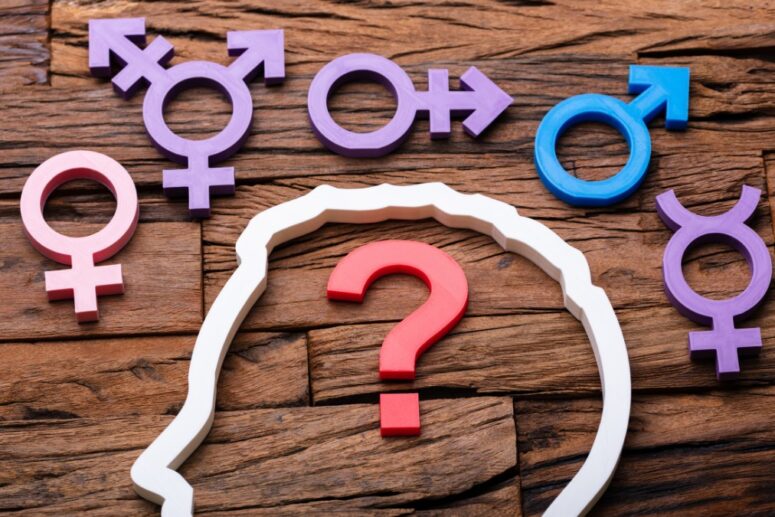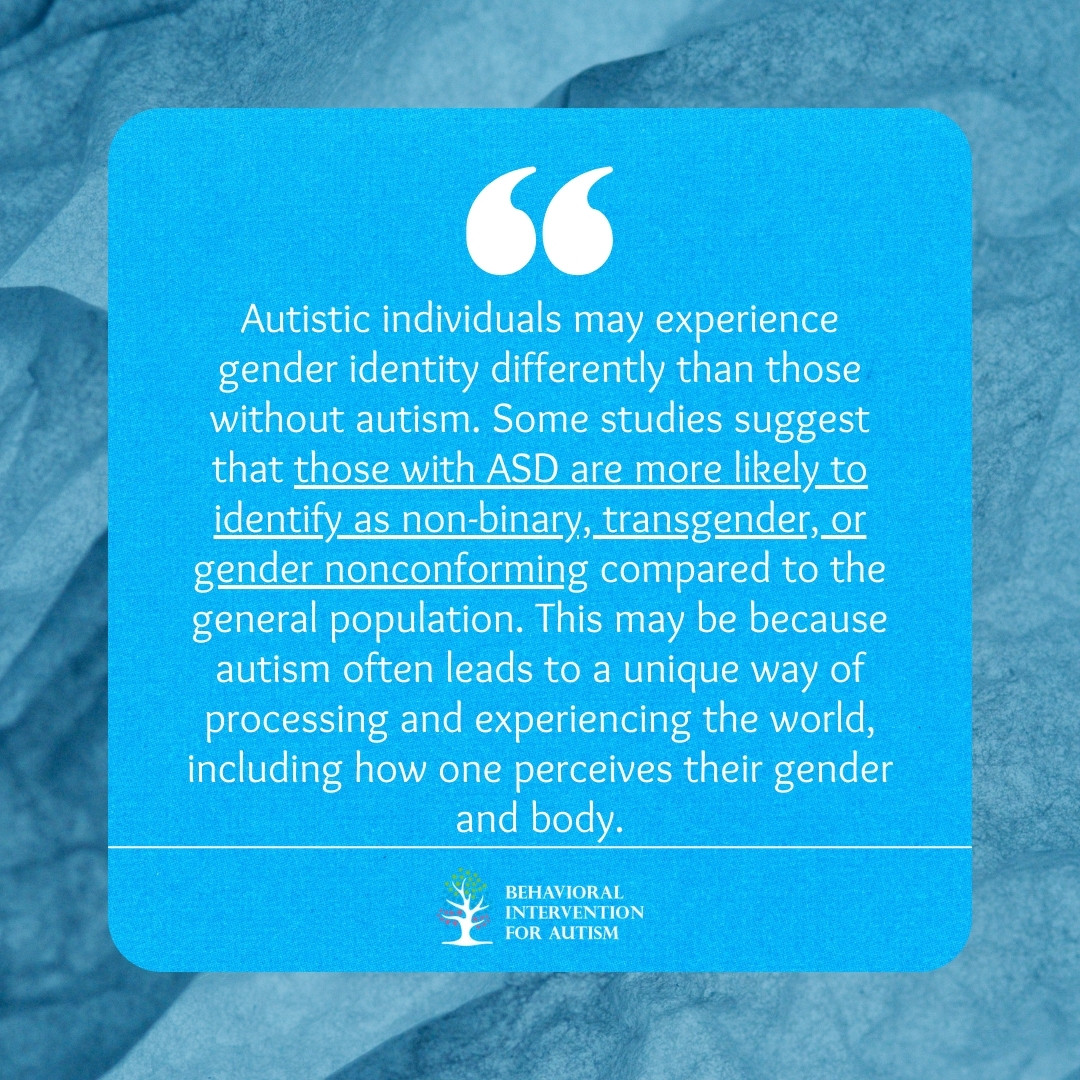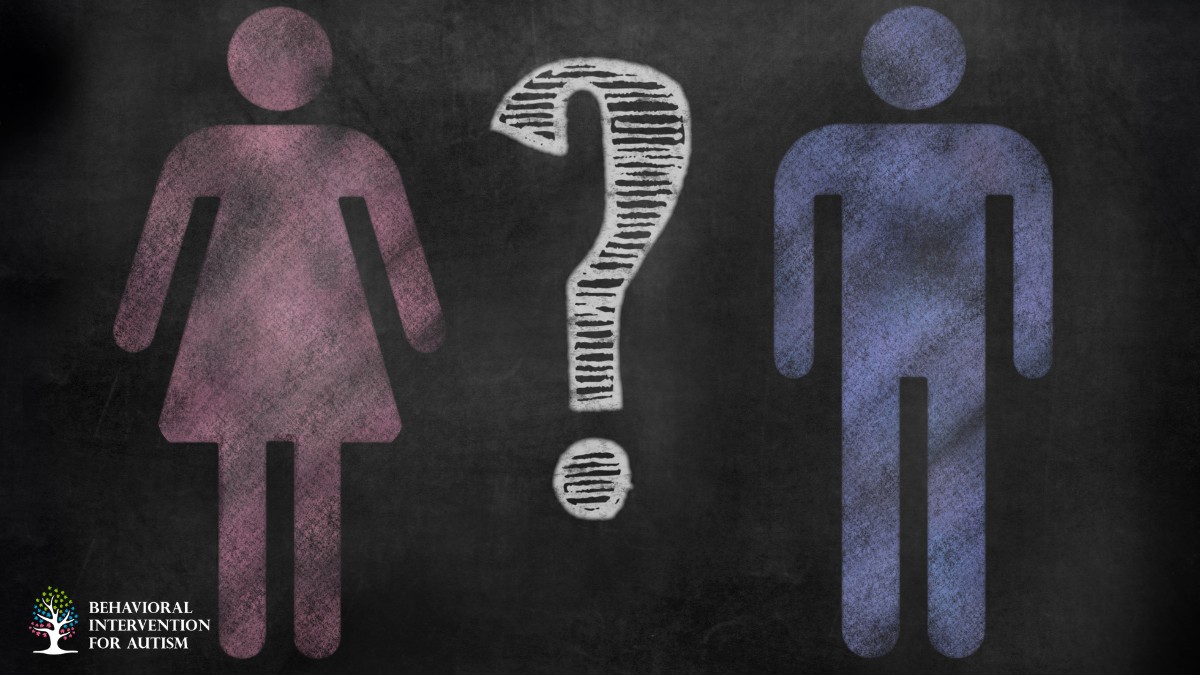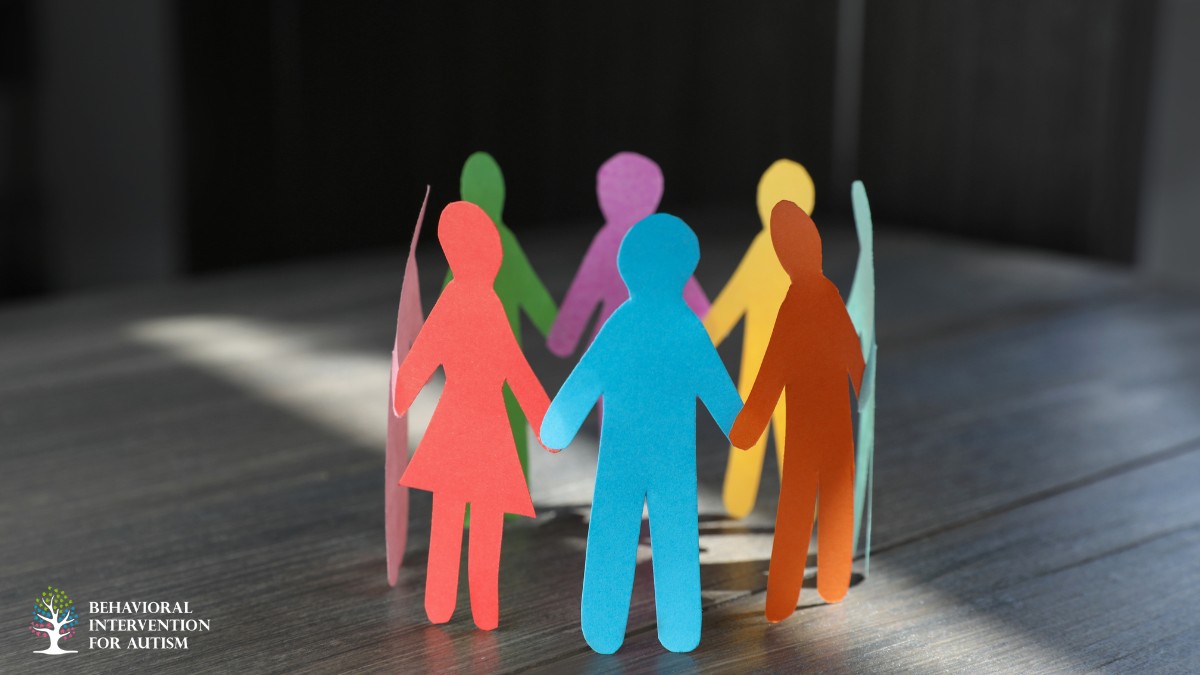
Table of Contents
Autism spectrum disorder (ASD) is a condition that affects the brain’s development, shaping an individual’s social behavior, communication, and interactions. However, one aspect that has gained increasing attention in recent years is the intersection between autism, mental health, and gender identity. The experience of gender identity can be complex for many people, but for those on the autism spectrum, it can present unique challenges and insights that are not always well understood.
The relationship between autism and gender identity is multifaceted, with varying experiences among individuals on the spectrum. Some may experience gender dysphoria, while others may have gender identities that don’t necessarily align with societal expectations. Research on this topic is still evolving, but it is clear that understanding this connection is essential for providing better support to autistic individuals.
Understanding Gender Identity in Autism
Gender identity refers to a person’s internal sense of their gender, which may or may not align with the gender they were assigned at birth. For most people, this sense of self is clear from an early age. However, for individuals on the autism spectrum, understanding and expressing gender identity can be complicated due to a range of cognitive, social, and emotional factors that influence their self-perception.

For many autistic individuals, understanding gender is often more about personal identity and less about societal roles or norms. This could result in a more fluid and less conventional view of gender, which may be different from the binary gender system that dominates most societies.
The Role of Social and Communication Challenges
Autistic individuals often struggle with social interactions and communication. These challenges can make it more difficult to express one’s gender identity in ways that align with social expectations. This can be particularly challenging in environments where traditional gender roles are strongly enforced, such as schools, workplaces, or even within families.
Moreover, individuals with autism may not fully understand or engage in the social cues that are typically associated with gender expression, such as body language, tone of voice, or style of dress. As a result, autistic individuals may feel disconnected from societal expectations or may have difficulty navigating gender roles in the ways others expect them to.
For instance, a person on the spectrum may have a gender identity that is not easily expressed through the typical avenues of self-presentation, such as clothing or behavior. This could lead to feelings of confusion or frustration, particularly when they encounter resistance or misunderstanding from others.
Gender Dysphoria in Autistic Individuals
Gender dysphoria is a condition where there is a disconnect between a person’s assigned gender at birth and their experienced gender identity. This experience can be intense and distressing, leading to a strong desire to change one’s physical appearance or gender expression to match their true identity.
For some individuals on the autism spectrum, the experience of gender dysphoria may be heightened. They may struggle with sensory sensitivities, which could make physical changes like clothing, haircuts, or even gender-confirming surgeries challenging to navigate. Autistic individuals may also experience heightened anxiety or confusion when dealing with societal expectations regarding gender expression.
It is important to note that not all individuals on the autism spectrum experience gender dysphoria, and not all transgender or non-binary individuals with autism experience this condition in the same way. However, for those who do, the intersection of gender identity and autism requires sensitive, personalized support to help them manage these experiences in a way that feels authentic and comfortable.
Challenges in Diagnosing and Supporting Autistic Individuals with Gender Dysphoria
Diagnosing gender dysphoria in autistic individuals can be particularly challenging. The social communication difficulties associated with autism may make it harder for individuals to articulate their gender identity or dissatisfaction with their assigned gender. Additionally, the overlapping symptoms of autism and gender dysphoria, such as social withdrawal, anxiety, or discomfort with one’s body, can complicate the process of diagnosis.
Autistic individuals with gender dysphoria may also face difficulties when seeking support, particularly in healthcare or educational settings. Healthcare professionals may not be adequately trained to recognize or address the unique needs of autistic individuals, especially when it comes to gender identity issues. As a result, it’s essential to have well-trained, compassionate professionals who can provide support in navigating both autism and gender identity.
Gender Expression and Autistic Individuals
Gender expression refers to the external manifestation of one’s gender identity, including aspects such as clothing, hairstyle, and mannerisms. For individuals on the autism spectrum, expressing their gender may be complicated by sensory sensitivities, social communication issues, or difficulty understanding societal expectations of gender.
Some individuals with autism may express their gender identity in ways that differ from traditional gender norms. For example, they may choose to wear clothing that is typically associated with a different gender or may choose not to conform to the usual expectations of femininity or masculinity. For others, their gender expression may not align with their gender identity, which can cause confusion or frustration.
It’s important to recognize that gender expression for autistic individuals can be fluid and diverse. Some may prefer to keep their gender expression simple and non-descriptive, while others may engage in more dramatic shifts in appearance or behavior. The key is to respect each person’s unique experience and offer them the support they need to express themselves authentically, whatever that may look like.
The Impact of Gender Stereotypes
The impact of rigid gender stereotypes can be particularly strong for individuals with autism. Autistic individuals often have difficulty understanding and adhering to the social rules that govern gender roles, which may result in behavior that society deems unconventional or inappropriate. This can lead to social isolation, bullying, or discrimination, which can significantly impact an individual’s mental health and sense of self-worth.
For example, a person on the autism spectrum who identifies as female may not express the stereotypical behaviors or interests associated with femininity, such as liking fashion or makeup. This deviation from societal expectations may result in judgment from others, leading to feelings of alienation or rejection.
Conversely, individuals who do express their gender identity through traditionally feminine or masculine means may be questioned or misunderstood if their social communication difficulties are perceived as “too much” for their assigned gender. These challenges underscore the importance of creating inclusive environments that allow individuals on the autism spectrum to explore and express their gender identity without fear of judgment.
Support and Resources for Autistic Individuals Exploring Gender Identity
Supporting autistic individuals in exploring their gender identity requires a compassionate, individualized approach. This may involve providing access to resources such as gender therapy, autism-friendly support groups, and mental health professionals who are trained to work with both neurodivergent and gender-diverse individuals.
It’s important to remember that each individual is unique, and their journey with gender identity will be different. Support should always focus on validating their experiences and helping them develop a positive sense of self, regardless of their gender identity or expression.
Additionally, parents, caregivers, and educators can play an essential role in fostering an environment that encourages self-expression and exploration. This might involve educating themselves about both autism and gender identity, advocating for more inclusive policies in schools, and providing resources for their children or students as they navigate their identity.
Creating an Inclusive Environment for Autistic Individuals
Creating an inclusive environment for autistic individuals who are exploring their gender identity involves not only supporting gender expression but also providing emotional support and acceptance. This may involve promoting open dialogue about gender and autism, encouraging self-expression without judgment, and addressing bullying or discrimination.
Autistic individuals, like everyone, deserve to feel safe and supported in expressing their true selves. By fostering environments that are inclusive and affirming, we can help ensure that individuals on the autism spectrum are able to explore and develop their gender identity in ways that feel authentic to them.
The intersection of autism and gender identity is an important area of study that has gained increasing attention in recent years. While many of the challenges faced by autistic individuals in expressing their gender are tied to social communication difficulties, sensory sensitivities, and societal expectations, it is essential to recognize that each person’s experience is unique.
By creating inclusive and supportive environments, providing access to resources and knowledgeable professionals, and fostering acceptance of diverse gender expressions, we can help ensure that individuals on the autism spectrum are able to explore and express their gender identity with confidence and support. Whether they identify as transgender, non-binary, or gender nonconforming, autistic individuals deserve the opportunity to live authentically and embrace their true selves.
Explore ABA Programs Tailored to Support Autism
Understanding the intersection of autism and gender identity is crucial in supporting individuals through their personal journeys. Gender identity can be a complex area for those with autism, and each person may experience it differently. Our team at Behavioral Intervention For Autism is dedicated to offering ABA programs in Florida that address the unique needs of individuals navigating both autism and gender identity. With a personalized approach, we focus on creating an inclusive environment where each individual feels respected and supported. If you’re seeking guidance or want to learn more about how we can help, don’t hesitate to contact us today!
Sources:
https://www.autism.org.uk/advice-and-guidance/what-is-autism/autism-and-gender-identity
https://www.autismspeaks.org/expert-opinion/autism-gender-identity
- 9 Common Obsessions of Children With Autism You Should Know - February 25, 2025
- What is Neurodiversity? A Guide to Embracing Differences - February 25, 2025
- Understanding Hyperfocus in Autism: What It Means and Why It Happens - February 25, 2025


